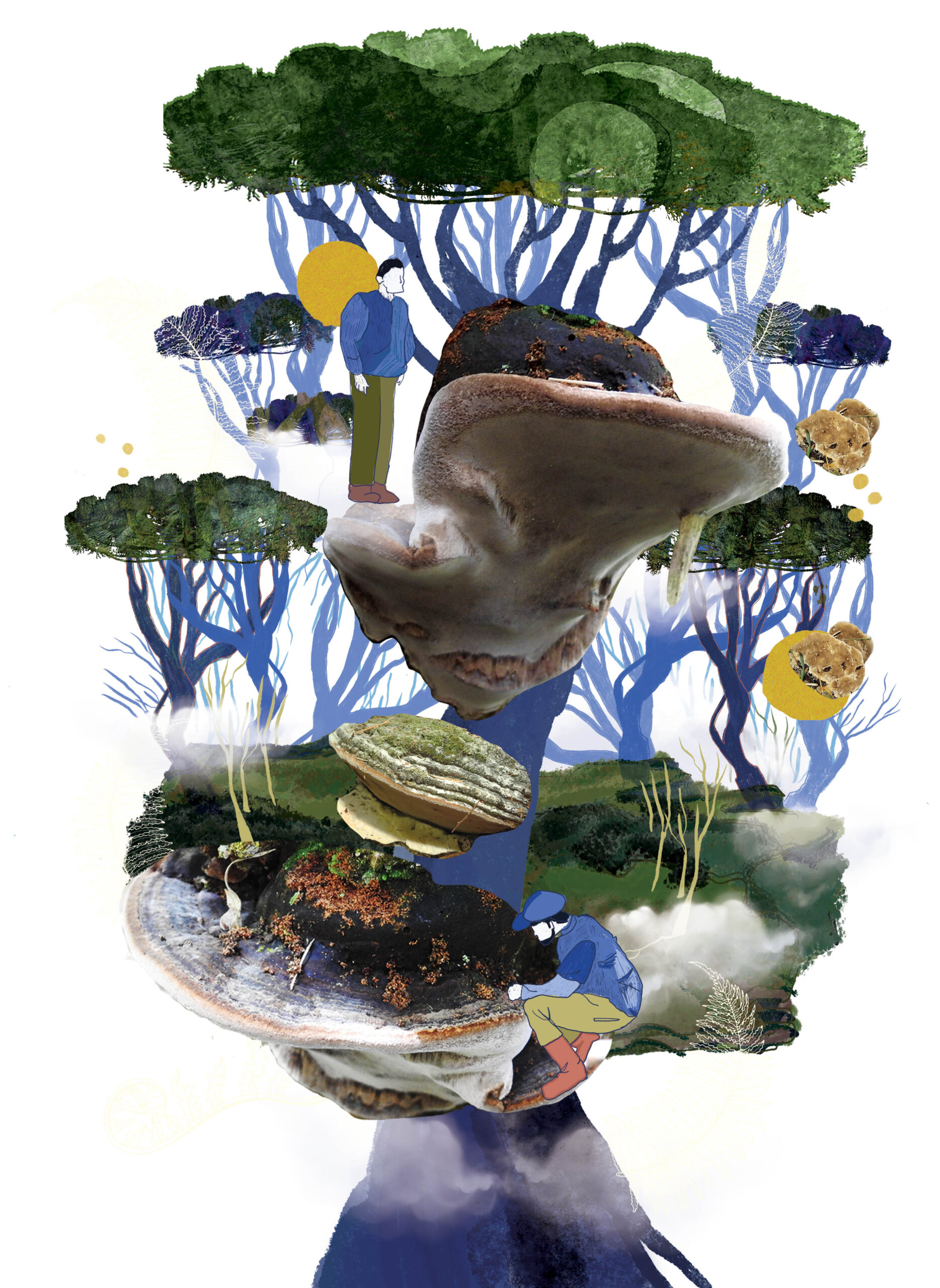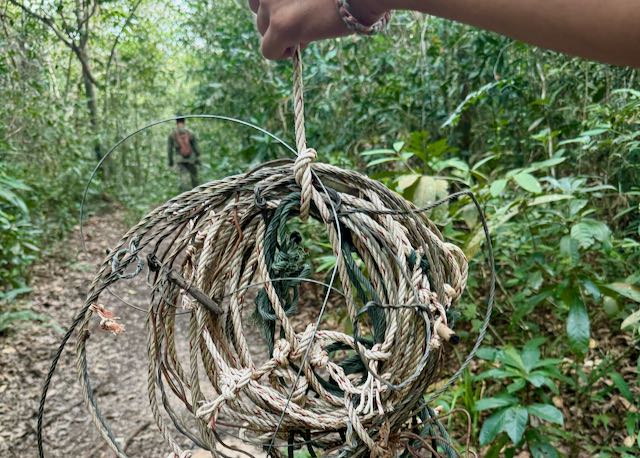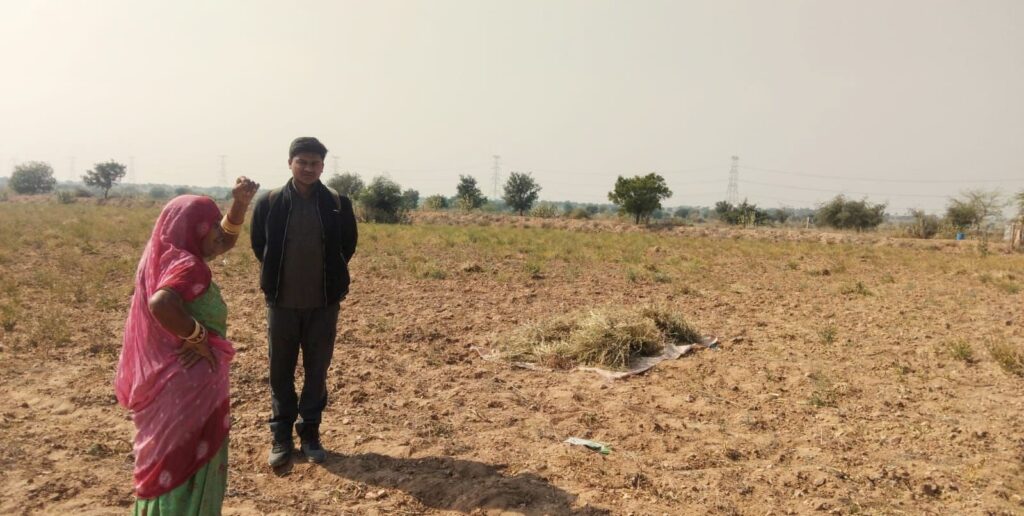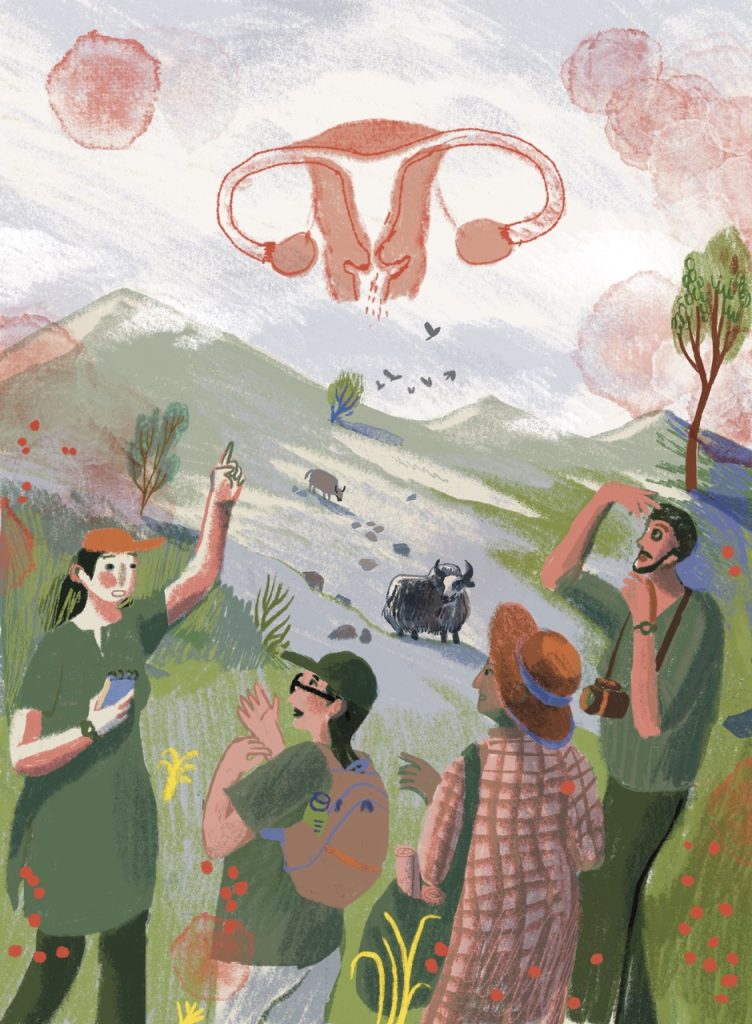It was on the mist-covered slopes of the Serra Geral mountains that our journey began. Back in 2011, we were not looking for a rare species—we were just mycologists wandering through Brazil’s southern cloud forests, curious about the fungi hiding in the bark, branches, and soil of that unique ecosystem. What we found, however, would shape more than a decade of work and redefine our activities to include a lasting dedication to fungal conservation in Brazil.
Fomitiporia nubicola was, at first, a curious brown bracket (or polypore) fungus clinging to the trunk of Drimys angustifolia, a relict broadleaf tree that thrives in those foggy heights. Over the years, this fungus slowly revealed its secrets. We followed—season after season—often returning empty-handed, occasionally rewarded with a few elusive basidiomes (reproductive structures). We documented, collected, and monitored until, in 2020, we formally described it as a species new to science: Fomitiporia nubicola, the tapir’s bark polypore.
But that was only the beginning.
In 2022, with a conservation grant, our team at the MIND.Funga research group intensified field surveys across high-altitude areas in southern Brazil, hoping to find the species beyond its two known locations. We did not. And its absence spoke volumes.
The fungus’ apparent reliance on D. angustifolia, its extremely narrow range, and the ongoing threats to cloud forest ecosystems led us to reassess its conservation status. It became the first fungus in the world to be reclassified on the IUCN Global Red List—from Vulnerable to Critically Endangered. Being Critically Endangered means F. nubicola faces an extremely high risk of extinction in the wild—potentially within 50 years—if no conservation action is taken. If current threats—habitat loss, climate change, and lack of in situ protection—persist, the species could disappear entirely from nature in a single human lifetime.
Shared purpose
These highland landscapes are complex mosaics of grassland and forest, with cloud forests tucked into sheltered slopes. Both grassland and forests in the highest regions act as natural water reservoirs, with patches of peatland and cloud forest capturing moisture from rain and orographic clouds (formed when air is forced upwards by the topography of the land, typically mountains). These ecosystems feed springs that sustain life down stream. Among the twisted branches and moss-covered trunks, old-growth species such as Drimys angustifolia, Dicksonia sellowiana (a tree fern), and Araucaria angustifolia (the iconic Brazilian pine), hold stories from a distant evolutionary past.
The first time we stepped into a cloud forest, it felt like pure enchantment—mosses draping every surface, tree ferns from ‘the age of dinosaurs’, and ancient trees whose bark seemed to whisper stories of the past. It was magical, intimate, and timeless. Fungal conservation is often solitary work—underfunded and overlooked. Yet, in the foggy quiet of the cloud forests, accompanied by students, local guides, and park staff, we found a shared purpose. Our commitment grew not only from scientific interest, but also from the privilege of witnessing life in one of the most threatened and beautiful ecosystems of Brazil’s Atlantic Forest biodiversity hotspot.
The cloud forests are marvels unto themselves. From the outside, their small, fragmented patches might seem unremarkable. But stepping into them feels like entering another world—damp, protected, and oddly warm, a stark contrast to the harsh winds and biting cold outside. In the summer heat, they offer a natural refuge; in the chill of the highlands, they wrap around you like a cloak.
It is no surprise that even free-ranging grazing cattle seek shelter in these remnants during sudden weather shifts—a local phenomenon known as viração. These animals, though part of the landscape for generations, have increased in number in recent years and now represent one of the greatest threats to the cloud forests by trampling and feeding on the understorey vegetation, altering the forest’s regeneration dynamics.
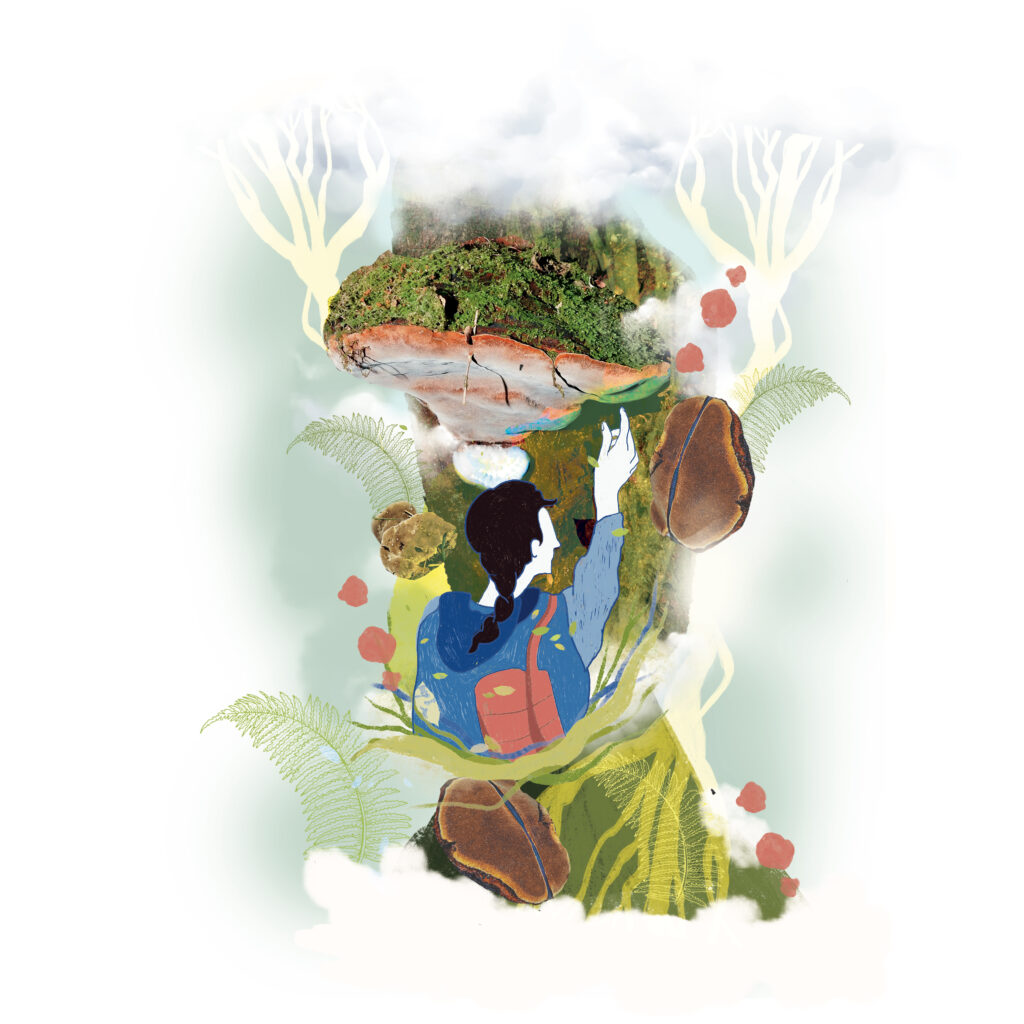
Many firsts
Currently, with conservation grants and vital support from the managers of Parque Nacional de São Joaquim—the only known location where the F. nubicola occurs—we are expanding our efforts. We are monitoring the species in situ to better understand its phenology, including the timing of reproduction, the length of the life cycle, and the conditions it needs to survive in the wild.
We are establishing Brazil’s first ex situ conservation programme for fungi by creating a living culture collection to safeguard the genetic diversity of threatened species, including F. nubicola. In the collections we store pieces and clones of individuals. We are especially interested in investigating how F. nubicola responds to different storage conditions, such as temperature, nutrient availability, and substrate composition. These studies will help us assess the short and long-term viability of cultures in ex situ conservation and evaluate their potential for future reintroduction into natural habitats.
We are particularly intrigued by F.nubicola‘s reproductive biology. How long do individual fungi persist on their hosts? Why do some basidiomes abort before maturing? In many cases, the trees hosting F. nubicola are already dead, and in cloud forests decomposition occurs vertically—fallen trees take years to hit the ground, but we are seeing those trunks fall, and no new ones are taking their place.
One individual we documented more than a decade ago is now dead. A dead tree was hosting this most remarkable basidiome—with evidence of potentially 20 years of sporulation—which has finally collapsed. That basidiome may have begun forming long before we first encountered it, and now it is gone. How many other individuals will follow it before we can fully understand the ecological requirements and life cycle of this unique fungus?
Further complicating the story, we suspect that the reproductive individuals of F. nubicola may only emerge on centenary trees—raising even more questions about forest maturity and fungal persistence. We are now developing experimental methods to estimate the duration of its life cycle and how spores survive and start the relationship with the host. How long does the host tree D. angustifolia live? What microhabitats does F. nubicola require? And why does its distribution seem so restricted?
Ex situ conservation is more than a safeguard—it is a strategy for the future. By preserving diverse genetic strains, we lay the foundation for potential translocation and reintroduction, should conditions ever improve. The timeline may span decades, but the groundwork is being laid. These are the most advanced fungal conservation efforts in Brazil.
Fungal conservation is still young in the country. But with every expedition into the cloud forests, every conversation in the field and lab, and every basidiome found or missed, we are building a legacy—one that recognises fungi as vital and imperilled, just like the forests they inhabit.
Further Reading
Alves-Silva, G., M. A. Reck, R. M. B. Silveira, F. Bittencourt, G. Robledo, A. Góes-Neto and E. R. Drechsler-Santos. 2020. The Neotropical Fomitiporia (Hymenochaetales,Basidiomycota): the redefinition of F. apiahyna ss allows revealing a high hidden species diversity. Mycological Progress 19(8): 769–790.
Alves-Silva, G., T. Kossmann, M. Titton, F. Bittencourt, L.Funez, C. Canteiro and M. Monteiro. 2023. Fomitiporia nubicola. The IUCN Red List of Threatened Species 2023: e.T187001148A245516895. https://dx.doi.org/10.2305/IUCN.UK.2023-1.RLTS.T187001148A245516895.en.
Costa-Rezende, D., T. Kossmann, M. Titton and E. R. Drechsler-Santos. 2022. An integrative approach for fungal conservation in southern Brazil. Oryx 56(1): 13. http://doi.org/10.1017/S0030605321001277.
Del Olmo-Ruiz, M., R. García-Sandoval, O. Alcántara-Ayala, M. Véliz and I. Luna-Vega.. 2017. Current knowledge of fungi from Neotropical montane cloud forests: distributional patterns and composition. Biodiversity and Conservation 26:1919–1942. https://doi.org/10.1007/s10531-017-1337-5.
Acknowledgement: This work was supported by the Mohamed bin Zayed Species Conservation Fund (project numbers: 202524755 and 232533272).
